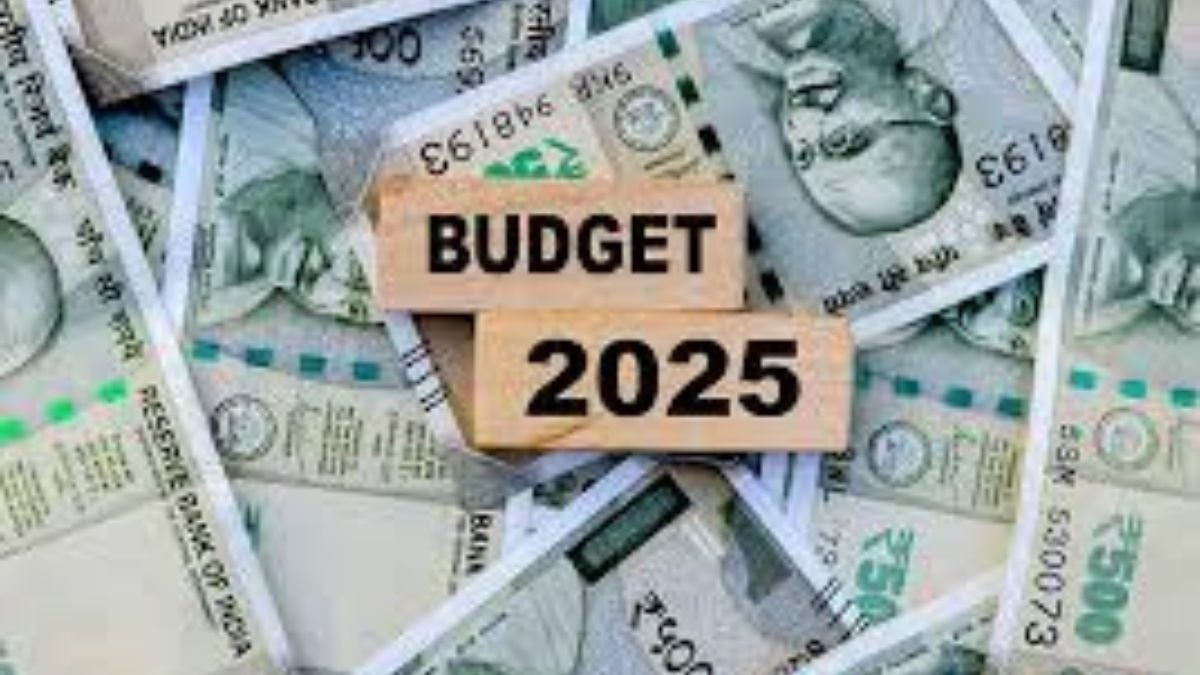Physical Address
304 North Cardinal St.
Dorchester Center, MA 02124
Physical Address
304 North Cardinal St.
Dorchester Center, MA 02124

Continuing its focus on developing rapid infrastructure, this time the government helped growth with a large tax reduction for low -income individuals to the center. When the Finance Minister Nermalla Sitramman reduced the income tax burden on individuals who reach 12 rupees of Cham annually, as well as the agricultural sector reinforcements, India Company chanted the fiscal budget for 2016.
According to Anish Shah, CEO of Group & MD at the Mahindra Group, “Make in India for the World” is a major axis in this budget, with efforts to reduce manufacturing costs in India that significantly enhances global competitiveness in the country . In addition to providing an immediate incentive for demand and growth, the budget emphasizes long -term growth through large infrastructure investments and a strong focus on innovation.
“We are praising the Federation’s 2025 budget for its continuous support for the strong growth of consumption through changes in the tax structure, which put a greater income in the hands of the Indian consumer. Shah says:” This CAPEX will encourage the private sector to move in a positive direction. “
Mohit Malhotra, CEO of Dabur India, feels that the budget exemptions will help to strengthen the economy by increasing consumption. “The Federation’s budget 2025-26 represents a pivotal step towards promoting financial luxury and the quality of life for millions of middle-class families. Large tax relief measures, especially income that reaches $ 12 of taxes, will provide a basic financial rest period for middle-class families, and increase their available income, Encouraging spending and enhancing general economic growth. This focus on the middle class is dealt with a long -term demand for a more comprehensive and powerful economy.
According to him, the budget focus on the agricultural sector, while strengthening support for farmers by increasing the limits of credit cards Kisan and targeted financial incentives, deserves praise. These measures will not only enhance the agricultural spine of our country, but also ensure food security and sustainable growth in the sector.
“The Federation’s Budget 2025-26 is a bold plan and an aspirational appearance that places the middle class in its essence while ensuring a comprehensive and sustainable growth in all sectors. For middle-class families, the strategic focus on targeted tax mitigation and improved social security measures will lead to increased household feelings and enhancing income Available and consumption of motivation.
According to Gupta, the allocation of 1.71 rupees for cultivation for agriculture and allied activities, as well as initiatives such as the national task of edible oil seeds, Aatmanirbharta in the impulses, and the Program of Ministers Dhan-Dhaanya Krishi, will lead to the leadership of agricultural productivity, and to ensure access to basic resources .
“This is a good and progressive budget, in line with the government’s vision of VIKSIT BHARAT. It maintains a strong focus on comprehensive growth, and covers the main sectors such as agriculture, agriculture, women’s empowerment and manufacturing. The continuous focus on capital says Vice Chairman of the Board of Directors of Harsha VARDHAN AGARWAL, Emami Ltd says. : “The spending deserves praise,” adding that one of the most prominent of this budget is a major advertisement for personal income tax “by putting more money in the hands of consumers, this step is expected to be the important announcement about the personal income tax. Promoting consumption and pushing an increase in estimated spending, which ultimately enhances the general economic momentum. “
Sanjay Dutt, CEO and MD, Tata Really and Infrastructure feels that the budget confirms India’s aspiration vision of sustainable growth, urban transformation and excellence in infrastructure.
“We commend the comprehensive approach of the government by focusing on increasing purchasing power by increasing the tax limit, enhancing urban infrastructure, governance, and planning land use, with housing continuing to the pillar of national growth. In addition, the extension of the tax benefits of property that it occupies self Supporting benefits enables homeowners, making housing easier and financially equipped, “says Dutt.